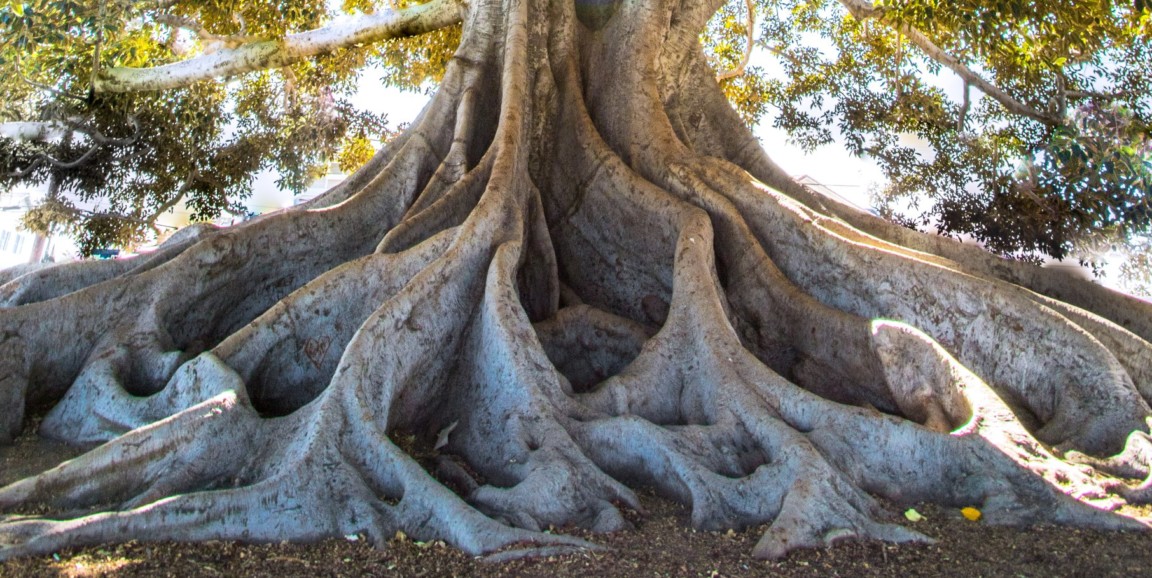It’s tempting to think all it takes to regrow arteries lost to heart disease is encouraging the proliferation of new blood vessel cells, but that hasn’t worked out. Now, Stanford biologist Kristy Red-Horse, PhD, and colleagues think they’ve figured out part of the problem. As the researchers reported last week in Nature, the process of turning a group of blood vessel cells into an artery actually requires that they stop growing, and trying to speed up their expansion may actually backfire.
Indeed, Red-Horse said, the better solution may be, in a sense, to slow the whole thing down.
The backdrop for the new study is a question about how coronary arteries grow in the first place. In mice and other mammals, they emerge out of a jumble of cells, called a plexus, that will eventually turn into mature blood vessels.
“It’s just like how the roots of a tree grow,” Red-Horse explained. "You have all these little sprouts that are immature blood vessels that will grow into a network, and that network is then remodeled into arteries, capillaries and veins.”
What researchers didn’t understand very well, however, is why some cells in the plexus form into arteries while others turn into veins and capillaries. In part, that’s because the plexus of the heart itself sprouts from a vein called the sinus venosus. Biologists also know that the genetic cues that make one cell part of a vein and another part of an artery are antagonistic — that is, the molecules that push a cell to become part of a vein also push it away from being an artery, and vice versa.
As a result, researchers suspected that plexus cells in the developing heart must reach a state that is neither vein nor artery to then turn into arteries — but, Red-Horse and colleagues discovered, something rather different is going on. Using a relatively new technique, in part developed by Stephen Quake, PhD, a professor of bioengineering and applied physics and a co-author on the paper, the researchers found that most cells in the plexus were in a kind of in between state — rather than being neither vein nor artery, they were part vein and part artery at the same time, albeit headed toward becoming fully one or the other. “Once you have enough of those that are differentiating into arteries, they’ll coalesce and start forming the artery,” Red-Horse said.
That leaves open the question of how individual cells get sent on the path toward vein versus artery — and why simply encouraging more cells to grow doesn’t translate into more arteries — but there the team found a clue. The molecule that pushes cells toward vein-hood, they learned, also speeds up the cycle of cells growing, dividing and growing again. To make arteries, “the cells must exit the cell cycle or decrease their cycling,” Red-Horse said. Therefore, efforts to regenerate arteries “might have inadvertently been inhibiting cells’ ability to become arteries by stimulating their proliferation.”
In other words, the key to growing — or regrowing — arteries may be to keep individual cells from growing and dividing, Red-Horse said. The next steps, she said, are to find proteins that might help to form more artery cells and to see if genetically slowing down cell proliferation actually does foster regrowth after arteries are damaged.
Photo by Jeremy Bishop




